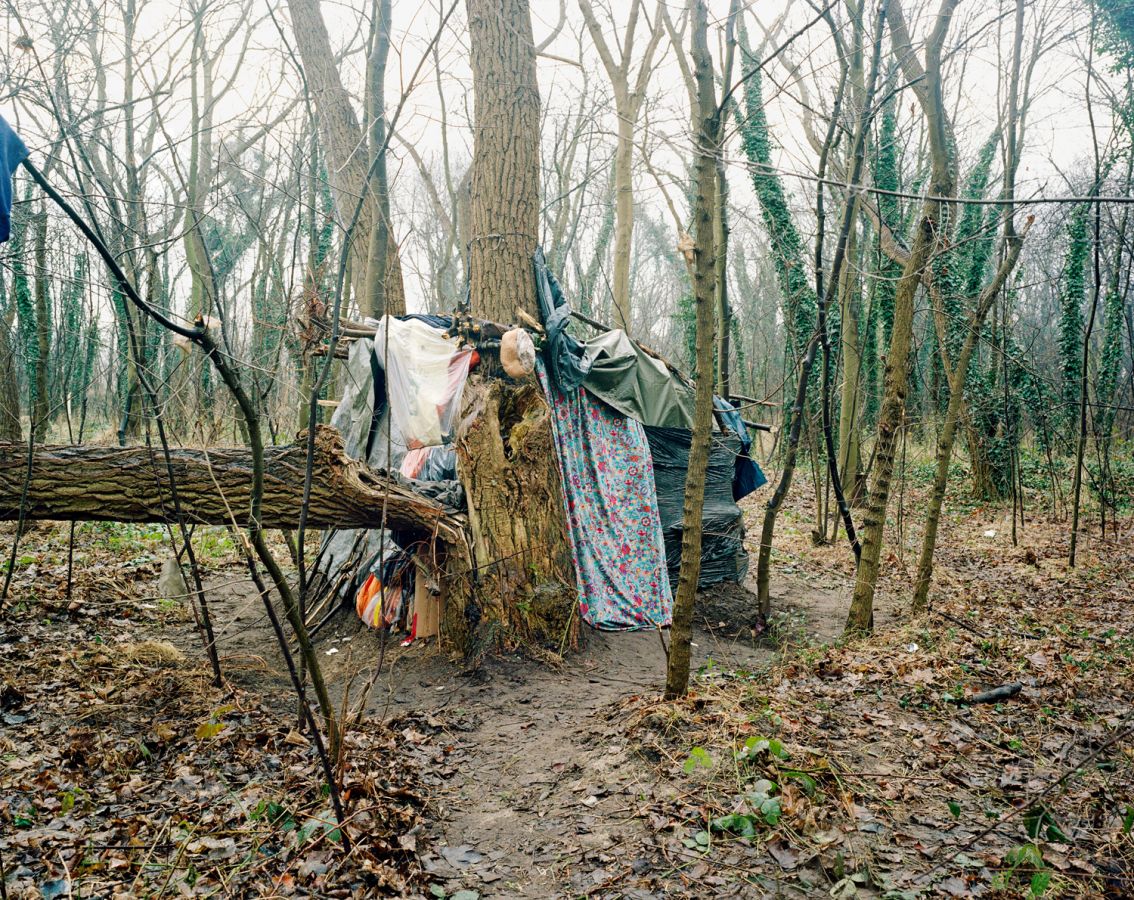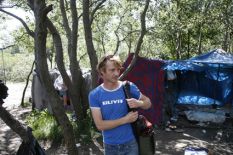Food, VIV Jaarbeurs, Utrecht, Netherlands, 2014
Food, Kominek Gallery, Berlin, Germany, 2014Our Daily Bread, Rijksmuseum, Amsterdam, Netherlands, 2013Shelter, Le Rayon Vert Galerie, Nantes, France, 2013Shelter, Voies Off Galerie, Arles, France, 2013Shelter, University of Eindhoven, Eindhoven, Netherlands, 2013Solo, Jan Cunen Museum, Oss, Netherlands, 2013
Solo, Jan Cunen Museum, Oss, Netherlands, 2012
Waakzaam, Gemeente Archief, Amsterdam, 2012
Archivio Ricerca Visiva, Milano, 2011
Hamburg Book Festival, Deichtorhallen Photo Museum, Hamburg, 2011
EUNIC Summer Exhibition, Star Gallery, London, 2011
Simulaker gallery, fotopub festival, Novo Mesto, Slovenia, 2011
Si Fest festival, Savignano, 2011
Crisis, Kunsthal Rotterdam, 2011
Dutch Doc Award, Central Museum, Utrecht, 2011
Shelter, Atrium, Den Haag, 2011
WATW , Guangzhou Museum of Fine Arts, Guangzhou, China, 2010
Kraambezoek, De Kamers, Amersfoort, 2008
Shelters, BredaPhoto festival, Breda, 2008
Shelter, Best Dutch photo book, Kees Scherer Prize, 2009 & 2010
Shelter, Dutch dock Award, 2010

 At a time when photojournalism is in a deep crisis, Henk Wildschut is one photographer boldly exploring new roads for documentary images. The profession of “documentary photographer” has changed radically over the past fifteen years: media budgets for photo commissions have dropped dramatically, logically resulting in a drop in quality standards. Professional practices have changed, and some are determined to explore new ones. Significantly, Henk Wildschut, with others, uses the term “self-assigned projects” to describe his work: not exactly personal projects, but rather projects commissioned from oneself. The expression highlights the fact that, as your only remaining sponsor, you need to set your own framework, to “assign yourself” rules and limitations if you are to shoulder the magnitude of extensive projects such as what Wildschut has been working on in recent years. The Dutch photographer, who travels extensively across Europe, started his voyage in Calais, with its infamous “jungle”, to meet migrants and their shelters. Henk Wildschut photographed these makeshift constructions frontally. Each in its own way is an accumulation of fabrics, tarpaulins and blankets, rudimentarily piled up according to the day’s chance finds, like so many strata of each migrant’s history and somehow still standing in spite of it all.
At a time when photojournalism is in a deep crisis, Henk Wildschut is one photographer boldly exploring new roads for documentary images. The profession of “documentary photographer” has changed radically over the past fifteen years: media budgets for photo commissions have dropped dramatically, logically resulting in a drop in quality standards. Professional practices have changed, and some are determined to explore new ones. Significantly, Henk Wildschut, with others, uses the term “self-assigned projects” to describe his work: not exactly personal projects, but rather projects commissioned from oneself. The expression highlights the fact that, as your only remaining sponsor, you need to set your own framework, to “assign yourself” rules and limitations if you are to shoulder the magnitude of extensive projects such as what Wildschut has been working on in recent years. The Dutch photographer, who travels extensively across Europe, started his voyage in Calais, with its infamous “jungle”, to meet migrants and their shelters. Henk Wildschut photographed these makeshift constructions frontally. Each in its own way is an accumulation of fabrics, tarpaulins and blankets, rudimentarily piled up according to the day’s chance finds, like so many strata of each migrant’s history and somehow still standing in spite of it all.